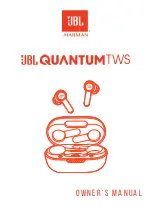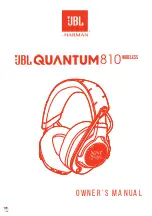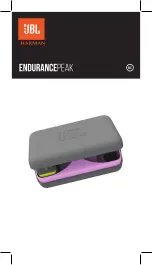
RADWIN 5000 HPMP User Manual
Release 3.1.00
2-4
Additional Indoor Site Requirements
Chapter 2
Additional Indoor Site Requirements
The ambient operating temperature should be 0 to 50°C (32 to 122 °F) at a humidity of up to
90%, non condensing
Stage 3: RF Survey
The RF survey examines the wireless environment of the installation site, to determine
whether there are available channels within the radio operating frequency band. An RF survey
is performed using a spectrum analyzer.
It is advisable to familiarize yourself with the spectrum analyzer before going out on site, spe-
cifically the Max Hold and Marker functions.
You should perform the RF survey at each of the proposed sector sites.
The survey should be carried out during a busy time of day, to best judge the worst-case
radio interference. Allow 2-4 hours duration for a good RF survey.
RF Planning for Dense Installations and Collocated Sites
Interference may arise from
• Self interference from collocated RADWIN radios
• Other collocated radio devices installed on the same site.
To avoid or minimize interference, follow these recommendations:
• For collocated RADWIN units, use an HSS unit to synchronize between them. Select a
different operating channels for each collocated RADWIN unit.
• If one or more collocated units are not RADWIN units, ensure that there is a physical
separation of at least three meters between a RADWIN unit and any other collocated
radio on the site.
• Use the largest possible frequency gap between these units
• Choose the best frequency channel (as clear as possible form interference). You may
be able to change the band used for the sector - depending on HBS model and regu-
lations.
• Decreasing the Tx Power of a sector will reduce collocation interference
Note
Use the Link Budget Calculator to determine the minimum Tx Power
required to maintain sector stability.
















































